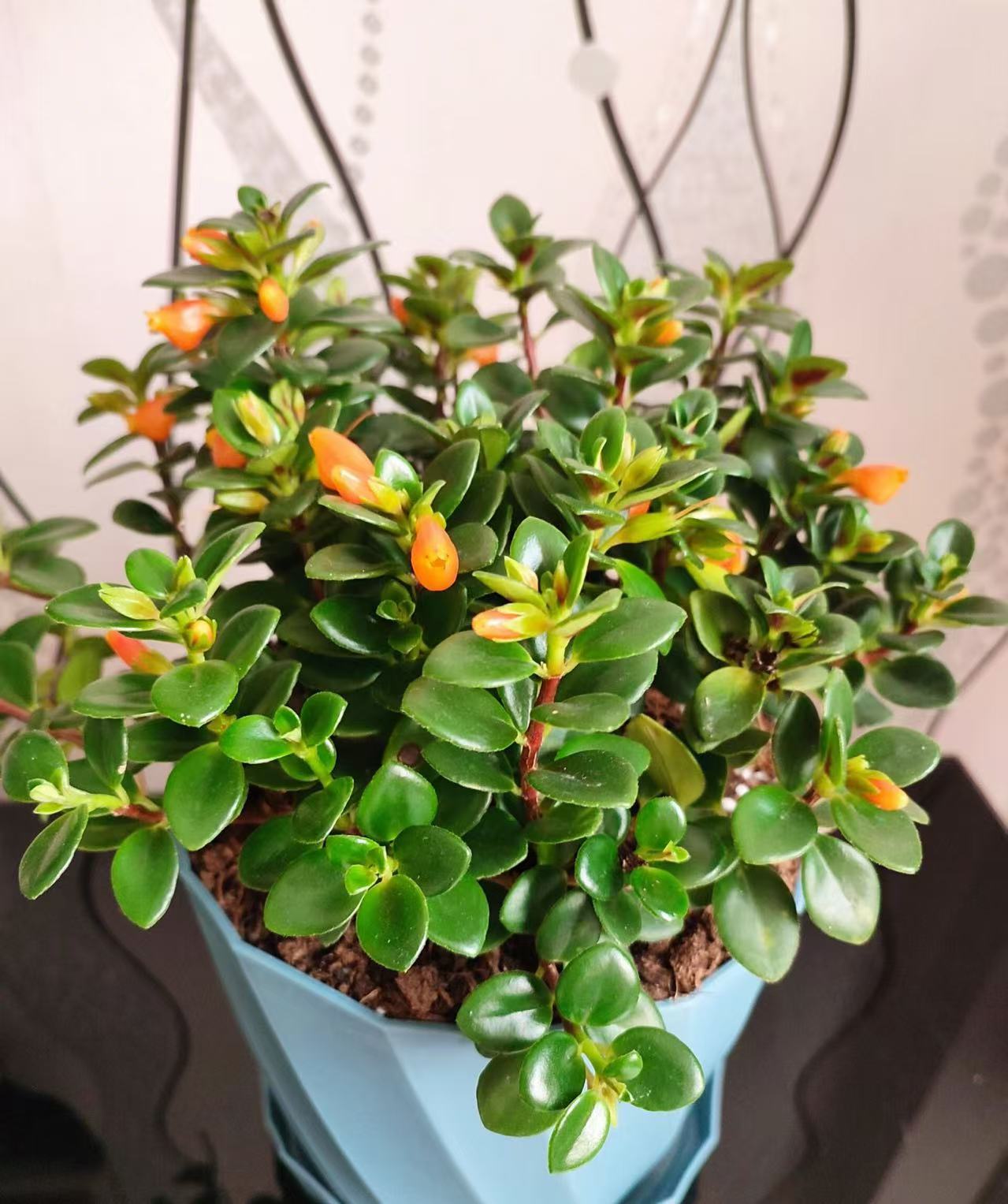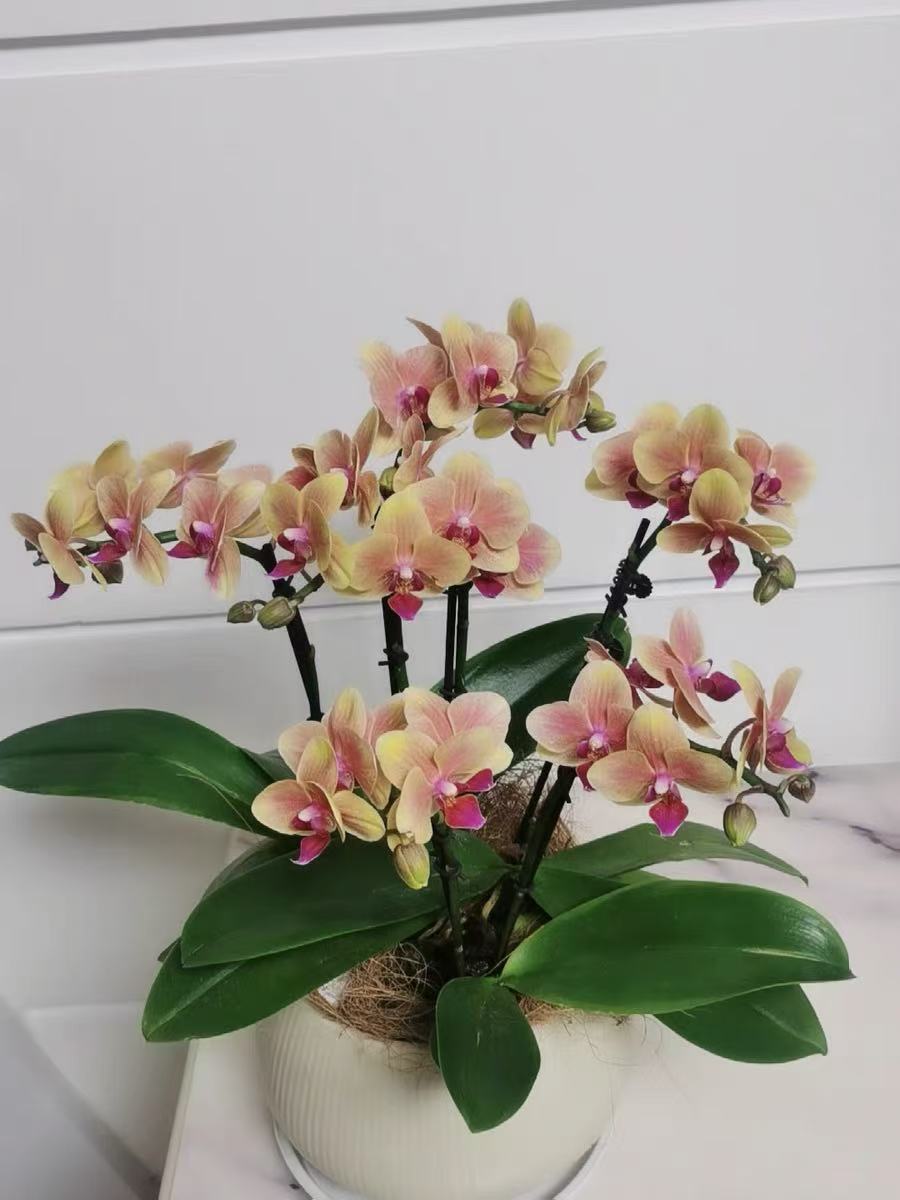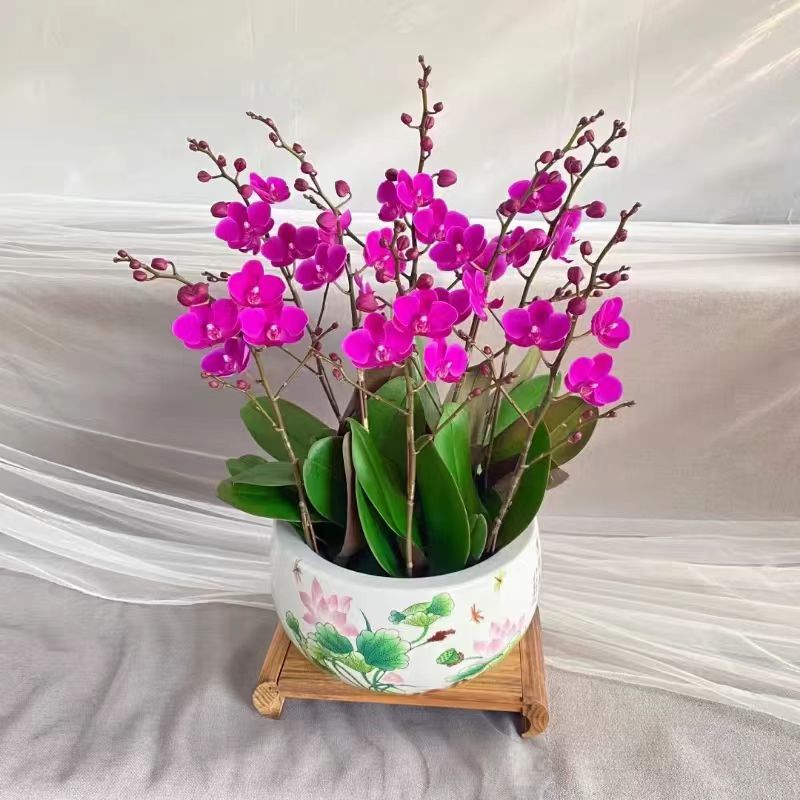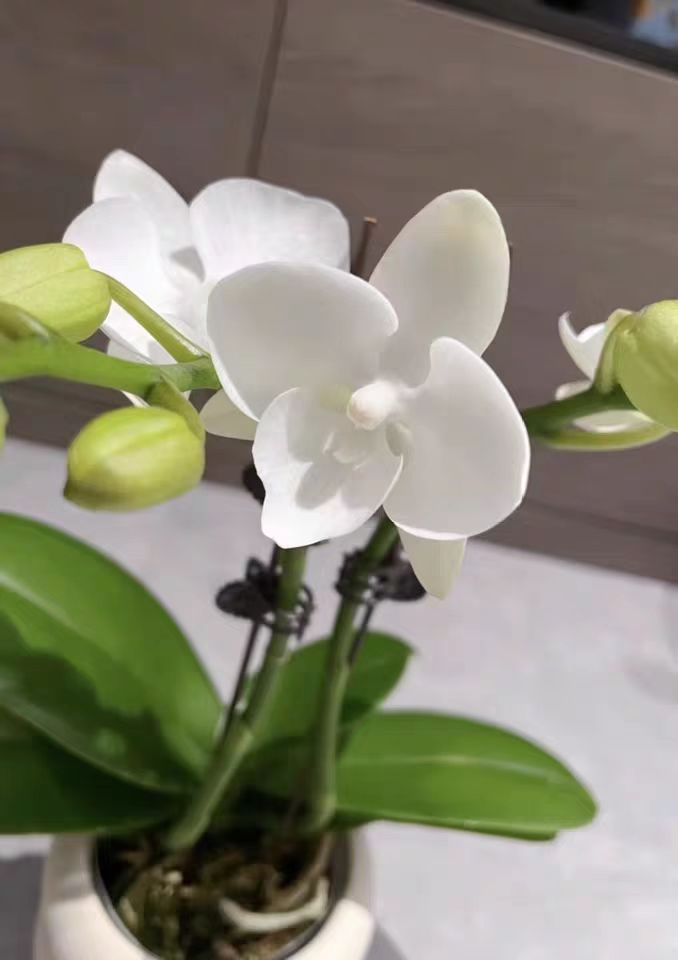Columnea gloriosa, as a popular indoor foliage plant, is often favored for its unique shape and bright flowers. However, during the cultivation process, the phenomenon of yellowing and leaf dropping often occurs in Columnea gloriosa, which is usually caused by various reasons. The following are some common causes:
Columnea gloriosa prefers a semi-shady and humid growth environment and has special requirements for light. If it is exposed to strong sunlight for a long time, the leaves will be sunburned, resulting in yellowing and even dropping. Similarly, if there is insufficient light, Columnea gloriosa cannot carry out normal photosynthesis, which will also lead to yellowing and leaf dropping. Therefore, Columnea gloriosa should be placed in a place with sufficient scattered light and avoid direct sunlight.
Columnea gloriosa likes a humid environment, but both overwatering and underwatering can cause yellowing and leaf dropping. Overwatering will make the soil too wet, and the roots are prone to rotting, thus affecting the normal growth of the leaves; while underwatering will cause the soil to dry out, and Columnea gloriosa cannot absorb enough water, which will also lead to yellowing and leaf dropping. Therefore, when watering, the principle of "watering when the soil is dry and stopping when it is wet" should be followed to keep the soil slightly wet.
The suitable growth temperature for Columnea gloriosa is 18 - 22°C. Too high or too low temperatures will lead to poor growth. In a high-temperature environment, Columnea gloriosa is prone to dehydration, the leaves will lose their luster and gradually turn yellow; while in a low-temperature environment, Columnea gloriosa will enter a dormant state, and the leaves are prone to wilting and dropping. Therefore, in summer, attention should be paid to cooling Columnea gloriosa and avoiding sun exposure; in winter, attention should be paid to keeping it warm and avoiding frostbite.
Columnea gloriosa needs an appropriate amount of nutrients to maintain its normal growth during the growth process. However, both over-fertilization and under-fertilization will have adverse effects on Columnea gloriosa. Over-fertilization will cause fertilizer burn to the roots, damage the roots of Columnea gloriosa, and thus affect the normal growth of the leaves; while under-fertilization will lead to insufficient nutrients, making Columnea gloriosa grow slowly and the leaves gradually turn yellow and drop. Therefore, when fertilizing, the concentration and frequency should be mastered to avoid excessive fertilization or insufficient fertilization.
Columnea gloriosa is also prone to being attacked by pests and diseases during the growth process. Common diseases include leaf spot disease, root rot disease, etc.; common pests include red spiders, aphids, etc. These pests and diseases will damage the leaf and root tissues of Columnea gloriosa, resulting in the occurrence of yellowing and leaf dropping. Therefore, during the cultivation process, attention should be paid to observing the growth state of Columnea gloriosa, and pests and diseases should be discovered and dealt with in a timely manner.
Remedial Methods for Leaf Dropping and Wilting of Columnea gloriosa
If it is found that the yellowing and leaf dropping of Columnea gloriosa are caused by improper lighting, the growth environment should be adjusted in a timely manner. Move Columnea gloriosa to a place with sufficient scattered light and avoid direct sunlight; at the same time, also pay attention not to place it in an overly dark corner to avoid affecting its normal growth.
Watering is one of the key links in cultivating Columnea gloriosa. When watering, the principle of "watering when the soil is dry and stopping when it is wet" should be followed to keep the soil slightly wet. If it is found that the soil is too dry or wet, the amount and frequency of watering should be adjusted in a timely manner. At the same time, also pay attention not to use untreated tap water to directly water Columnea gloriosa to avoid causing damage to it.
When cultivating Columnea gloriosa, attention should be paid to controlling the temperature of its growth environment. In summer, avoid sun exposure and high-temperature environments; in winter, pay attention to keeping it warm and avoiding low-temperature environments. The suitable growth temperature of Columnea gloriosa can be maintained by adjusting the indoor temperature and covering it with a heat preservation film.
When fertilizing, the concentration and frequency should be mastered. Generally speaking, applying a decomposed organic fertilizer once a month can meet the growth requirements of Columnea gloriosa. But pay attention not to over-fertilize or under-fertilize; at the same time, also pay attention to using the fertilizer types and brands suitable for the growth of Columnea gloriosa.
During the cultivation process, attention should be paid to observing the growth state of Columnea gloriosa, and pests and diseases should be discovered and dealt with in a timely manner. For minor pest and disease problems, they can be solved by manual removal or spraying biological pesticides; for serious pest and disease problems, professional personnel should be invited to handle and prevent them in a timely manner.
Through the above measures, the problem of yellowing and leaf dropping of Columnea gloriosa can be effectively solved and its healthy growth can be promoted. However, it should be noted that different remedial measures may be required for the yellowing and leaf dropping phenomena caused by different reasons; therefore, in actual operation, judgment and treatment should be carried out according to specific situations.
How to Remedy the Leaf Dropping and Wilting of Columnea gloriosa?

Share with
Tagged in :




Leave a Reply